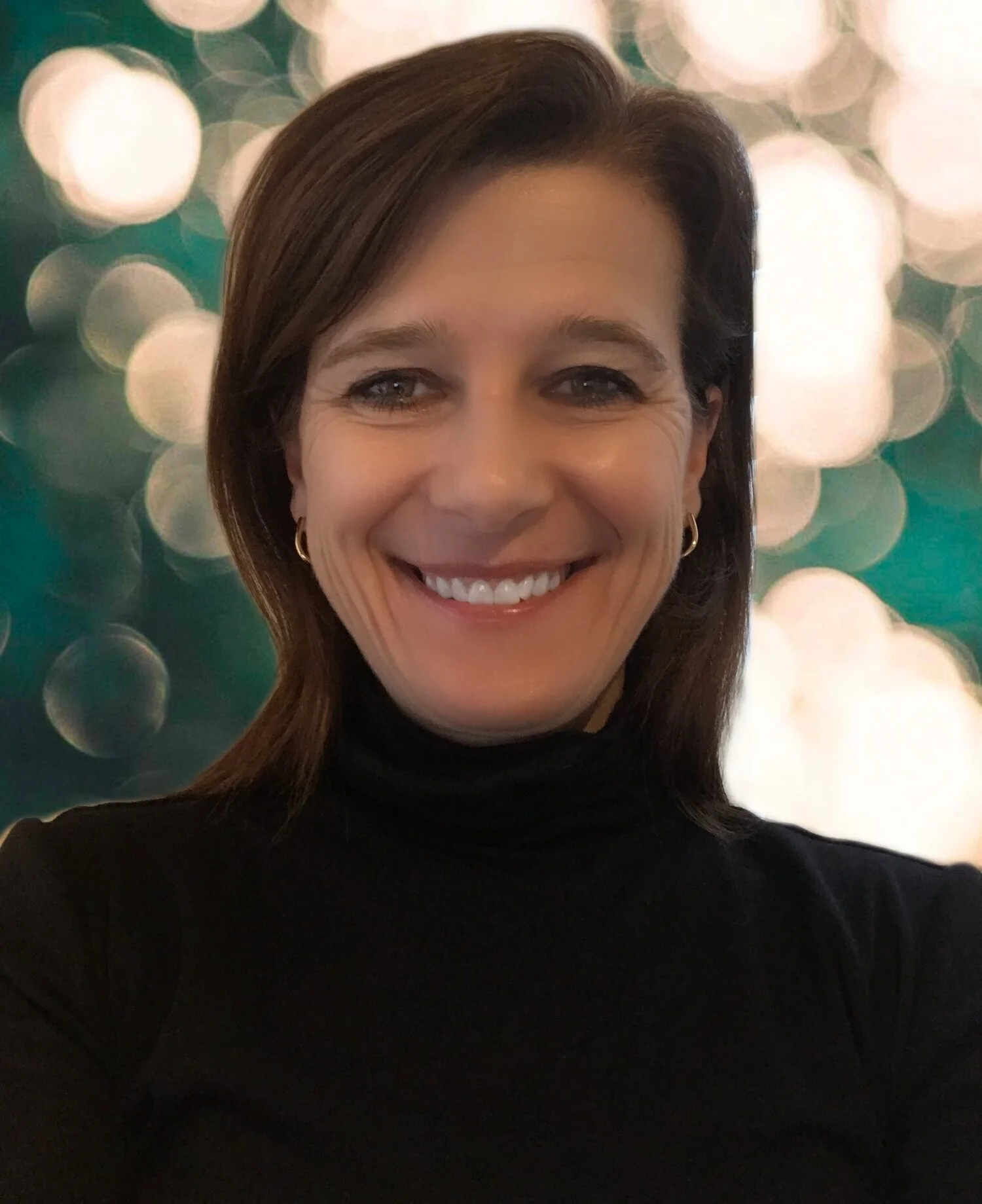Early Literacy Milestones
Caroline Erdos, Literacy Expert
Dr. Erdos is a consultant for the Sir Wilfrid Laurier School Board in Quebec and a speech-language pathology advisor for Speech-Language Pathology and Audiology Canada. Prior to this, she was ALDI Coordinator (Advancing Learning in Differentiation & Inclusion) for the 10 English school boards in Quebec, Canada, where she supported resource teachers through various professional development initiatives. Caroline has over 20 years’ experience as a pediatric speech-language pathologist in a tertiary care centre and has worked as a language and literacy consultant and a legal expert in speech-language pathology. Her areas of expertise include bilingualism and multilingualism, reading impairment, oral language impairment, foetal alcohol spectrum disorder, and craniofacial disorders. She has guest lectured at Université de Montréal, McGill University, and the McGill University Health Centre. She has also given workshops at numerous conferences across North America and has written and collaborated on several publications.
First and foremost, we want to foster the joy of reading and of being read to in our children. This is usually a parent’s primary objective when reading to their child. We want books to become the child’s happy place.
Once children start school, parents may not know how to gauge their child’s progress with respect to literacy. Here are some evidence-based guidelines to give you an idea of what to expect once your child begins receiving formal literacy instruction in school:
By the end of preschool for 4-year-olds, most children can blend and segment syllables. For example,
What do you get when you put these syllables together? – BA - BY
Answer: baby
Let’s tap out the syllables in your name – Benjamin
Answer: Ben-ja-min
By the end of kindergarten for 5-year-olds, most children can blend and segment individual speech sounds (phonemes). For example,
What do you get when you put these sounds together? – b-a-t
Answer: bat
Let’s tap out the sounds in this word – cat
Answer: c-a-t
See our previous blog about phonological awareness.
By the end of kindergarten for 5-year-olds, children generally also know most letter sounds corresponding to the 26 letters of the alphabet. For example,
Tell me what this letter says? – f
Answer: “fff” (stretched out sound, not repeated)
What about this one? - l
Answer: “llll”
By the end of grade 1, most students can read and spell words involving letter-sound correspondences they have been taught explicitly. For example, words like sit, pat, get, but not words containing more complex letter-sound correspondences like caught, light, bottle.
These literacy milestones are generally attained by most children, provided they are given opportunities to explore and practice blending and segmenting and explicitly taught letter sounds. Of note, the early literacy milestones are the same even when a child is receiving literacy instruction in their second language.
Now you know what to expect, but you should also feel free to reach out to your child’s teacher for regular progress updates.

